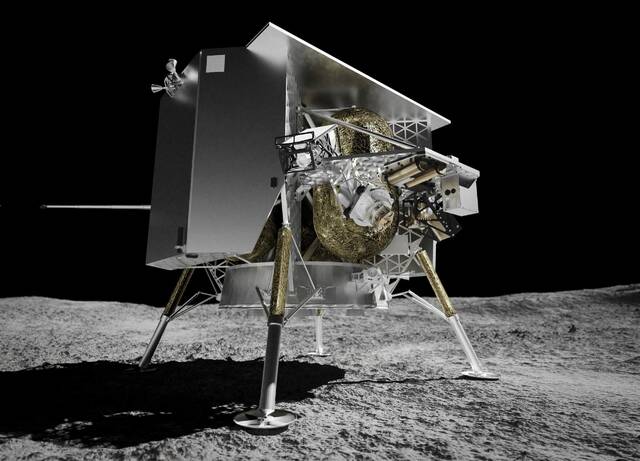David Dzombak: Going to the moon and renewing inspiration
I have always felt highly fortunate to grow up in the 1960s with the inspiration of the intense and ultimately successful effort of my country to land a person on the moon by the end of the decade. The Gemini and Apollo programs inspired me and many others of the baby-boom generation about the potential for science and engineering to lead humanity to wondrous achievements.
My parents, like many across the country and around the world, encouraged and helped their five children to follow closely developments in the race to moon. I remember vividly being with my friends and siblings at the top of a snow-covered alley in our Latrobe neighborhood on a December night of sled riding in the days before Christmas 1968, looking at the moon and marveling at the thought that the crew of Apollo 8 was circling it .
Days later, my family, like families everywhere, gathered for the Christmas Eve televised broadcast from the Apollo 8 capsule; seven months later, we did the same for the launch of Apollo 11, the landing on the moon and the return of the crew to Earth. We shared in the anxiety, excitement and pride of our national journey to the moon. It provided the base for lifelong interest in the science, engineering and human goals involved with space exploration.
With the launch on Jan. 8, 2024, of the Peregrine lunar lander, conceived and developed by Pittsburgh-based Astrobotic Technology, I and many others again followed with anxiety and excitement the potential return of the USA to the lunar surface for the first time since the Apollo 15 mission in 1972. While the mission was not successful, a lot was learned, and Astrobotic Technology soon will be attempting to land an even larger craft on the moon, the Griffin lander. The private-sector Peregrine and Griffin missions, made possible through contracts with NASA and various other customers, stand as monumental achievements for Astrobotic Technology, for Pittsburgh and for Carnegie Mellon University, from which the company was formed in 2007.
I had some special connections to the Peregrine mission. CMU professor William (Red) Whittaker, Fredkin University research professor of robotics, director of the Field Robotics Center and one of my teachers when I was an undergraduate at CMU in the late 1970s, co-founded Astrobotic Technology.
In honor of my parents and my inspirational teacher, I arranged for a physical presence on the Peregrine mission. Among the payloads on the lander was a “moonbox” in which I was able to place medallions in honor of family members; a map of the USA with a star showing the location of the Pittsburgh region; and the name of the CMU department — Civil and Environmental Engineering — where Red Whittaker began his work on field robotics. They made it to the path of the moon’s orbit before Astrobotic brought the damaged craft back to end its life in the earth’s atmosphere.
The Peregrine mission and those that follow from Astrobotic Technology, other companies and NASA promise to inspire a new generation of young people to pursue advances in space exploration and careers in science and engineering that will benefit humanity in myriad ways. Parents, grandparents and teachers, be sure the children in your sphere are following these missions, especially the upcoming Griffin lander mission with its special connection to Pittsburgh!
David Dzombak is Hamerschlag University Professor Emeritus at Carnegie Mellon University.
Remove the ads from your TribLIVE reading experience but still support the journalists who create the content with TribLIVE Ad-Free.

